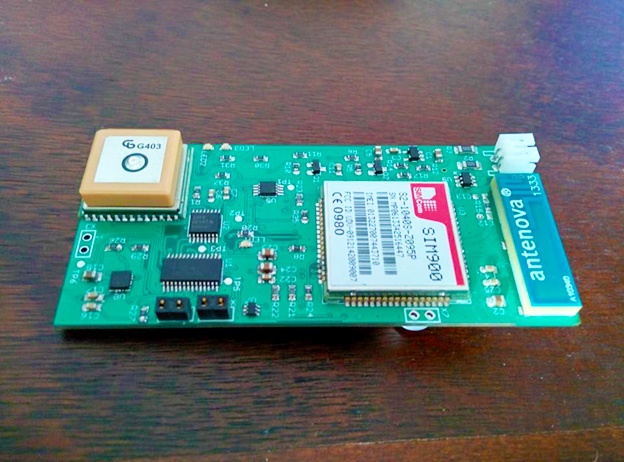SSZTCC6 august 2015 MSP430G2553
When you think of wearables, what images come to mind? Maybe it’s a young woman tracking her miles on a long distance run. Maybe it’s a middle-aged man looking to up his fitness game one step at a time. Or maybe it’s a senior living alone who wants to maintain her independence. Surprised by that last option?
When considering the need for alternative care options for senior citizens, the world of wearable technology presents enormous opportunity. Recognizing this need and opportunity, Chris Skalka put his Maker talents to practical use. Intended for senior care, the Elderly Asset Tracker (EAT) detects when a person is experiencing high g-force or “free fall” and alerts a pre-set relative via text message. Additionally, the design features a button on the side of the device that automatically wakes up the system and sends the GPS coordinates to the programmed number. This wearable device, shown in Image 1, gives senior citizens their independence while also providing peace of mind to their loved ones. “I thought this could be different from most modern asset trackers as it allows the user to provide their own SIM card/phone plan and not be forced to subscribe to a service plan through an asset tracker,” said Chris.

When it came to designing his device, Chris already had a controller in mind. “One of the engineering companies I worked at focused most of their designs around TI’s ultra-low-power MSP430G2553 microcontrollers (MCUs), so I spent a year working with MSP430 MCUs extensively and that rubbed off into my personal electronics projects.”
Given that the controller would be active only in the event of a fall, Chris knew he would need a controller that allowed for extended idle time. Chris explains, “The low-power architecture [of MSP430 MCU] was a perfect fit for an asset tracker that will spend extended periods of time in deep sleep.
Inexpensive and readily available development boards enabled me to prototype my design very quickly before moving onto a custom printed wiring board.”
To complement the architecture of the MSP430 MCU, Chris chose a multiplexer and the TPS79333 low-dropout regulator. With this choice of multiplexer, Chris was able to turn one hardware UART on the MSP430 MCU into four—a large feat for such a small and complex device. As for his choice to use the TPS79333, “[This LDO] has been my go-to LDO for quite some time now. It’s inexpensive, small and perfect for low-power operations.”
So what’s next for Chris? Home improvement—and we’re not talking about fixing the kitchen sink. “I've been playing around with the ESP8266 Wi-Fi module a bit—so I'll probably expand that into some type of sensor network for my house.” In addition to a stellar designers, Chris is an avid target shooter, home brewer, welder and gardener.
The Elderly Asset Tracker was featured as a winner of the “Bluefruit LE Sniffers” award from Hackaday. You can find out more on Chris Skalka and the EAT from his Hackaday profile.
Additional Resources
- Read the datasheets for the MSP430G2553 MCU and the TPS79333 low-dropout regulator.